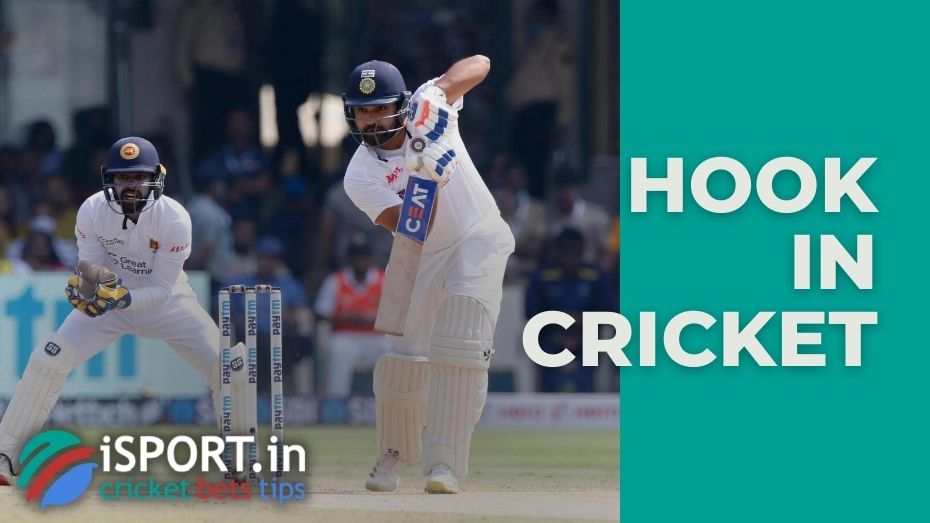Hook in Cricket

Depending on the circumstances, there are a number of different hitting tactics that may be used in cricket. When the ball is flying at an excessively high speed, one strategy is used, and when the projectile is flying slightly to the side, another technique is employed. From a general standpoint, the diversity is just remarkable. There are punches that are simple to execute, but there are others that need years of training, and there is no guarantee that they will be successful. One of these hits is known as a hook in cricket.
Hook in Cricket: Definition of a Strike
In this post, we will not only describe what this kick is, but we will also explain why it is regarded to be one of the most hazardous methods to strike the ball and why it may even occasionally lead to catastrophic outcomes.
To begin with, we will give a brief definition of the term hook so that the reader understands what we are talking about.
The hook in cricket is a type of strike, performed when the ball arrives at the batsman at chest level and above. Most often between the shoulder and the head.
Generally speaking, the hook is played against the ball that is shorter. By using a bat, the batter is “hooking” the ball around behind the square leg where it is located. The projectile eventually flies off to the side. It is played in such a way that the ball rolls to the edge of the playing area and travels on the ground rather than in the air. This is the most common game structure.

Hook in Cricket: One Of the Most Dangerous Punches
It may seem that everything is straightforward, but in reality, the hook in cricket is one of the most challenging and sometimes hazardous strokes in the game. Any movement that is not perfect on the part of the batsman may result in repercussions that will not only have an impact on the game but also on the health of the batter and his or her own body.
So, an incorrectly executed hook can lead to the following consequences:
- The ball can be easily caught by fielders, which will cause the team to lose points.
- You can simply miss since it is difficult to predict the pitch for such a blow.
As we have already said, the hook is a very dangerous blow. The ball is flying in the head and chest area, which may cause the batsman to get injured. One of the saddest examples in the history of cricket when a ball hit an unprotected area of the head led to a fatal outcome is the case of the famous Australian player Phillip Huges. During the Sheffield Shield match in the game between South Australia and New South Wales, on November 25, 2014, the ball hit him in the neck due to a missed hook. The athlete lost consciousness, and on November 27, 2014, he died from his injuries.
That is why it takes years of hard training to perform the hook in cricket.
